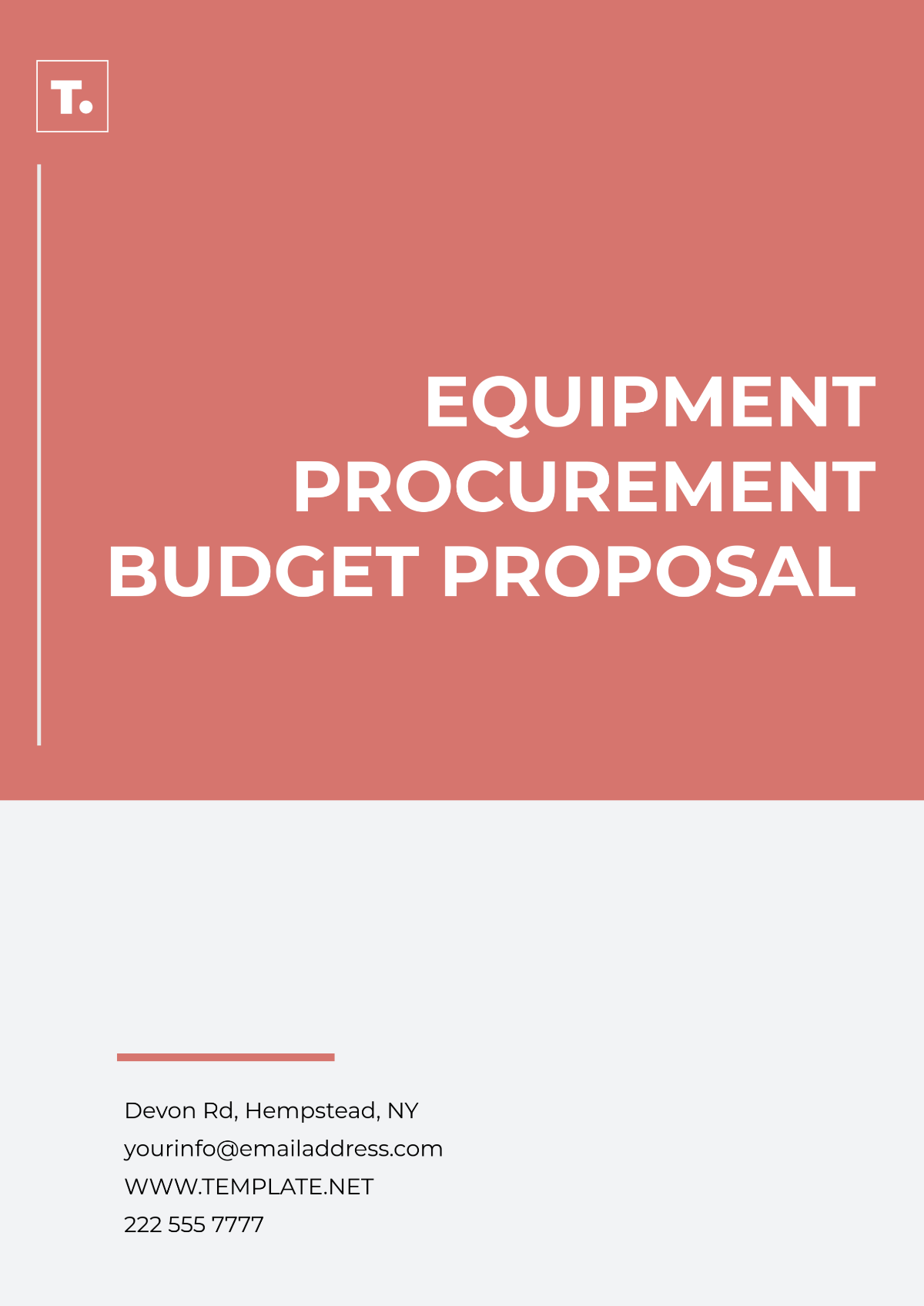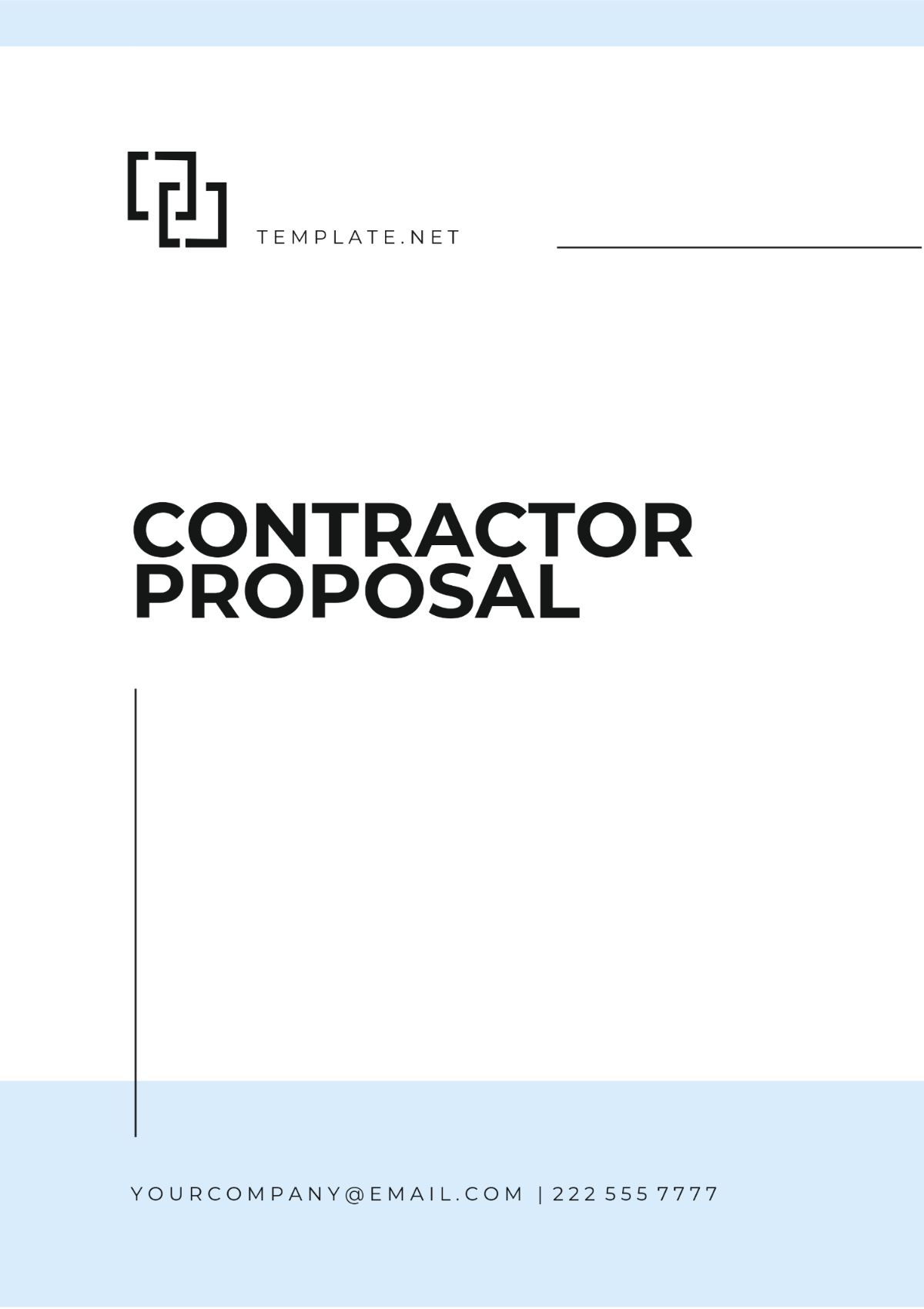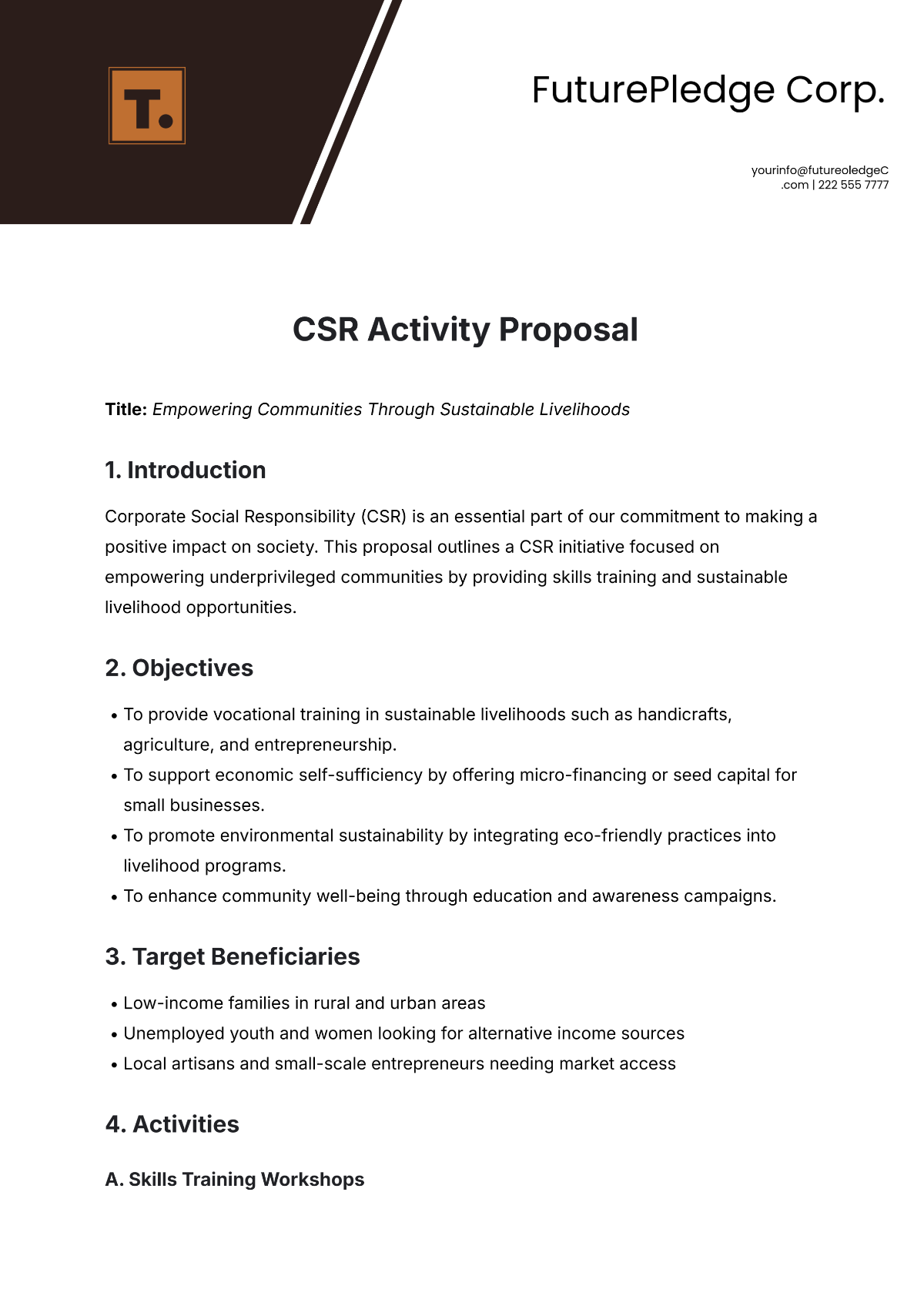Free Innovation Format Proposal Outline Template
Innovation Format Proposal Outline
Prepared by: [Your Name]
Date: [Date]
I. Executive Summary
The Executive Summary provides a brief overview of the entire proposal to give stakeholders a quick review of the most critical points. Ensure it is concise and compelling, highlighting the unique aspects of your idea and its potential impact.
II. Introduction
A. Background
The Background subsection offers context for the proposal, explaining the current situation or problem that necessitates the proposed innovation. Describe the market or industry landscape, relevant trends, and any previous attempts to address the issue.
B. Problem Statement
Clearly articulate the specific problem or opportunity your proposal aims to address. Use evidence, such as data or testimonials, to support the urgency and significance of the issue.
C. Objectives
Define the main objectives of your proposal. List what you aim to achieve through the introduction or development of your innovation. Objectives should be specific, measurable, achievable, relevant, and time-bound (SMART).
III. Proposed Solution
A. Description
Provide a detailed description of the innovative idea, process, product, or service. Explain how it works, the key features, and what makes it unique compared to existing solutions.
B. Implementation Plan
Describe the steps necessary to bring the proposed solution from concept to reality. This should include a timeline, major milestones, and resources required. Consider breaking down the timeline into phases or stages for clarity.
Phase | Activities | Timeline | Resources |
|---|---|---|---|
Phase 1 | Research and Development | Q1-Y1 to Q2-Y1 | Team A, Funding X, Tools Y |
Phase 2 | Prototyping | Q3-Y1 | Team B, Material M |
Phase 3 | Testing and Evaluation | Q4-Y1 | Team C, Facility F |
Phase 4 | Launch | Q1-Y2 | Team D, Marketing Budget |
C. Risk Management
Identify potential risks associated with the innovation and propose strategies for mitigating these risks. Consider technical, financial, operational, and market risks.
Technical Risk: Outline any technical challenges and proposed solutions.
Financial Risk: Discuss budget constraints and financial contingency plans.
Operational Risk: Address potential disruptions in operations and mitigation strategies.
Market Risk: Evaluate market acceptance and propose strategies to boost adoption.
IV. Market Analysis
A. Target Audience
Define the primary target audience for your innovation. Provide demographic, psychographic, and behavioral characteristics. Explain how the innovation meets their needs or solves their problems.
B. Competitive Analysis
Analyze the competitive landscape by identifying existing competitors and how your solution differentiates. Provide a strength, weaknesses, opportunities, and threats (SWOT) analysis for a clearer competitive understanding.
V. Financial Plan
A. Budget Breakdown
Provide a detailed financial breakdown outlining the projected costs and revenue potential of the innovation. Include direct costs, indirect costs, and any fixed or variable expenses.
B. Funding Requirements
Clearly state the funding required to execute the project. Justify the budget and explain how funds will be allocated across different stages of the project.
VI. Conclusion
Summarize the proposal by reiterating the benefits and potential impact of your innovation. Emphasize the importance of receiving the necessary support and approval to move forward. Encourage open communication and express willingness to address any questions or concerns from stakeholders.

















































